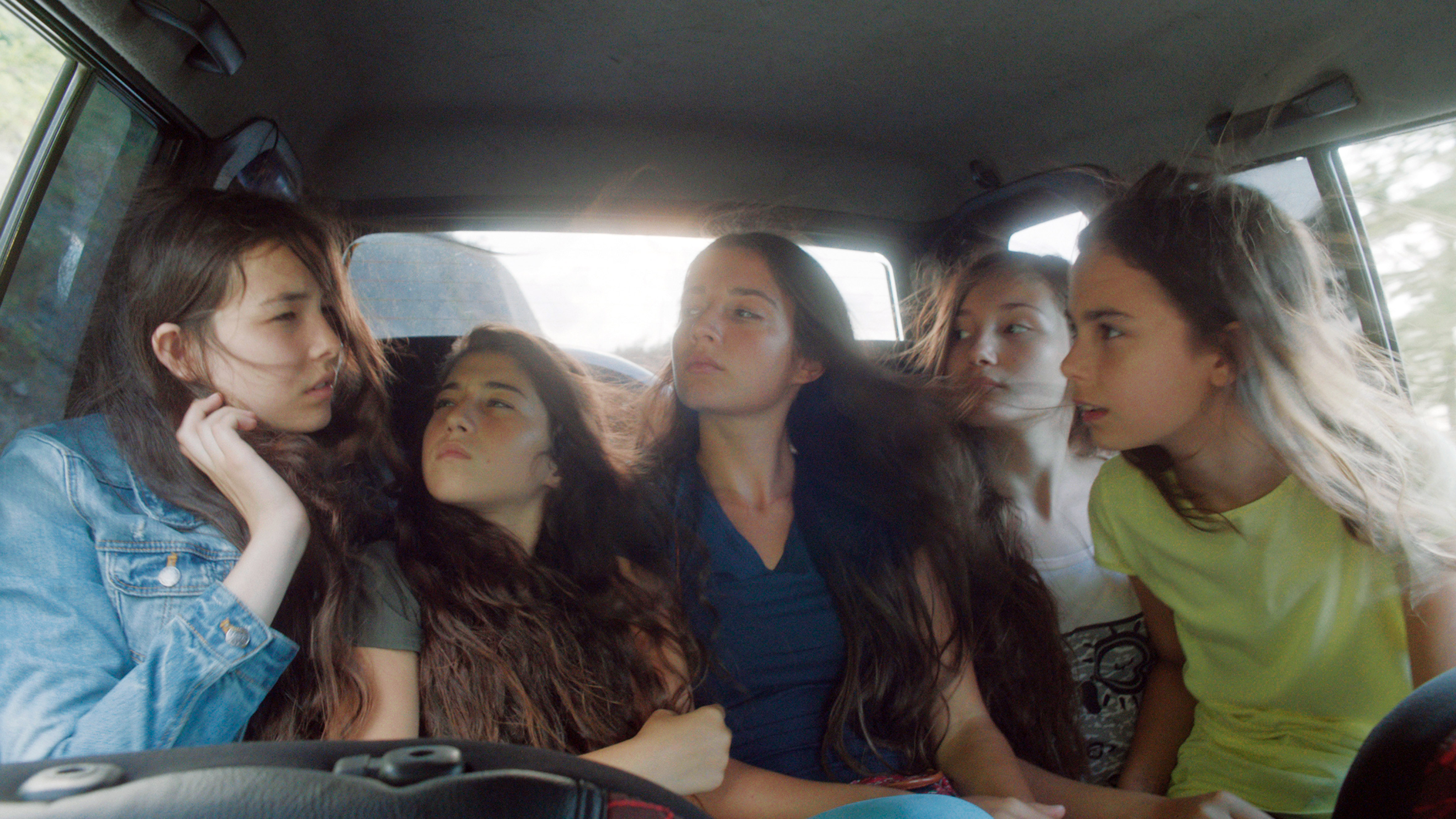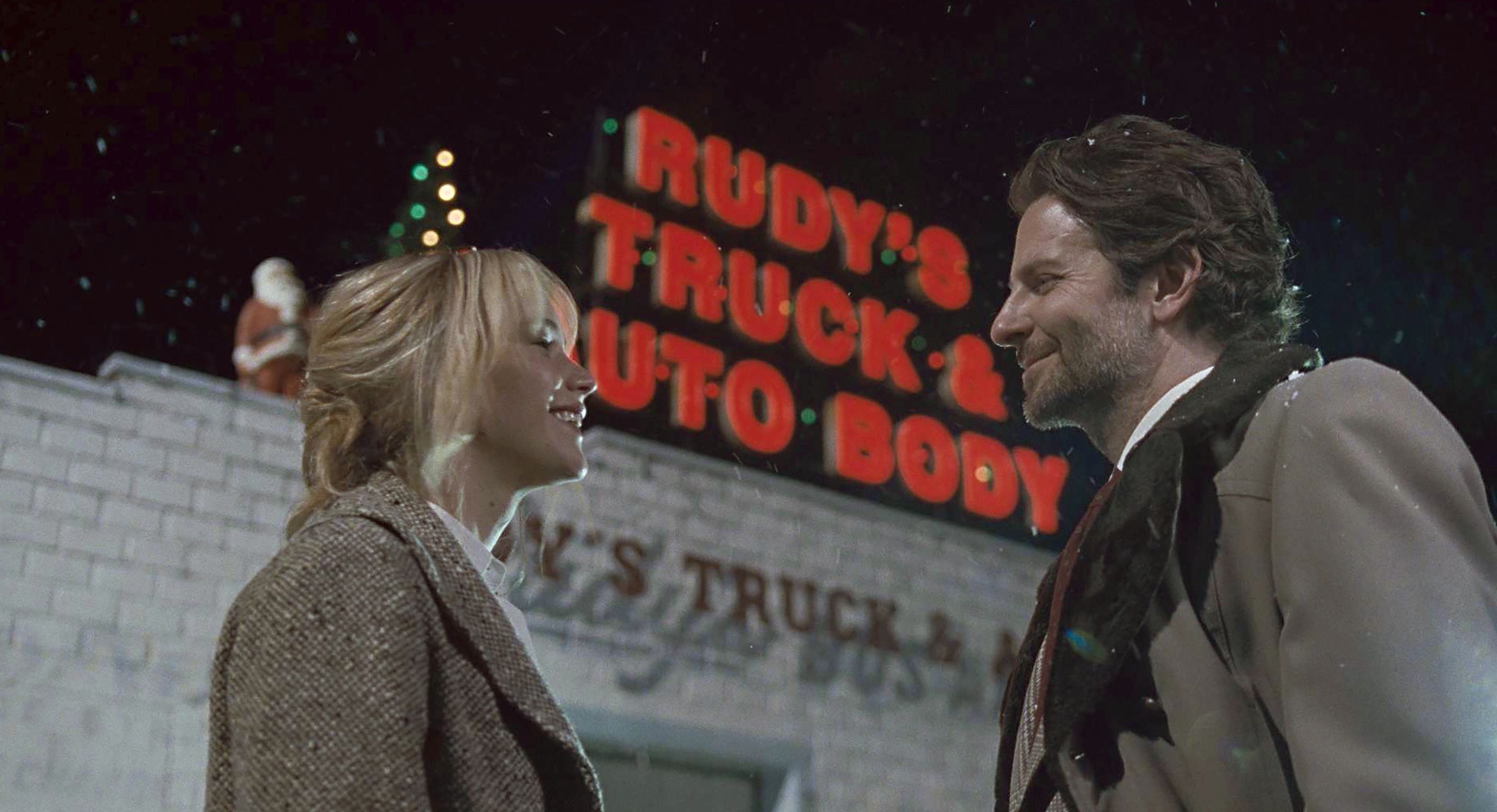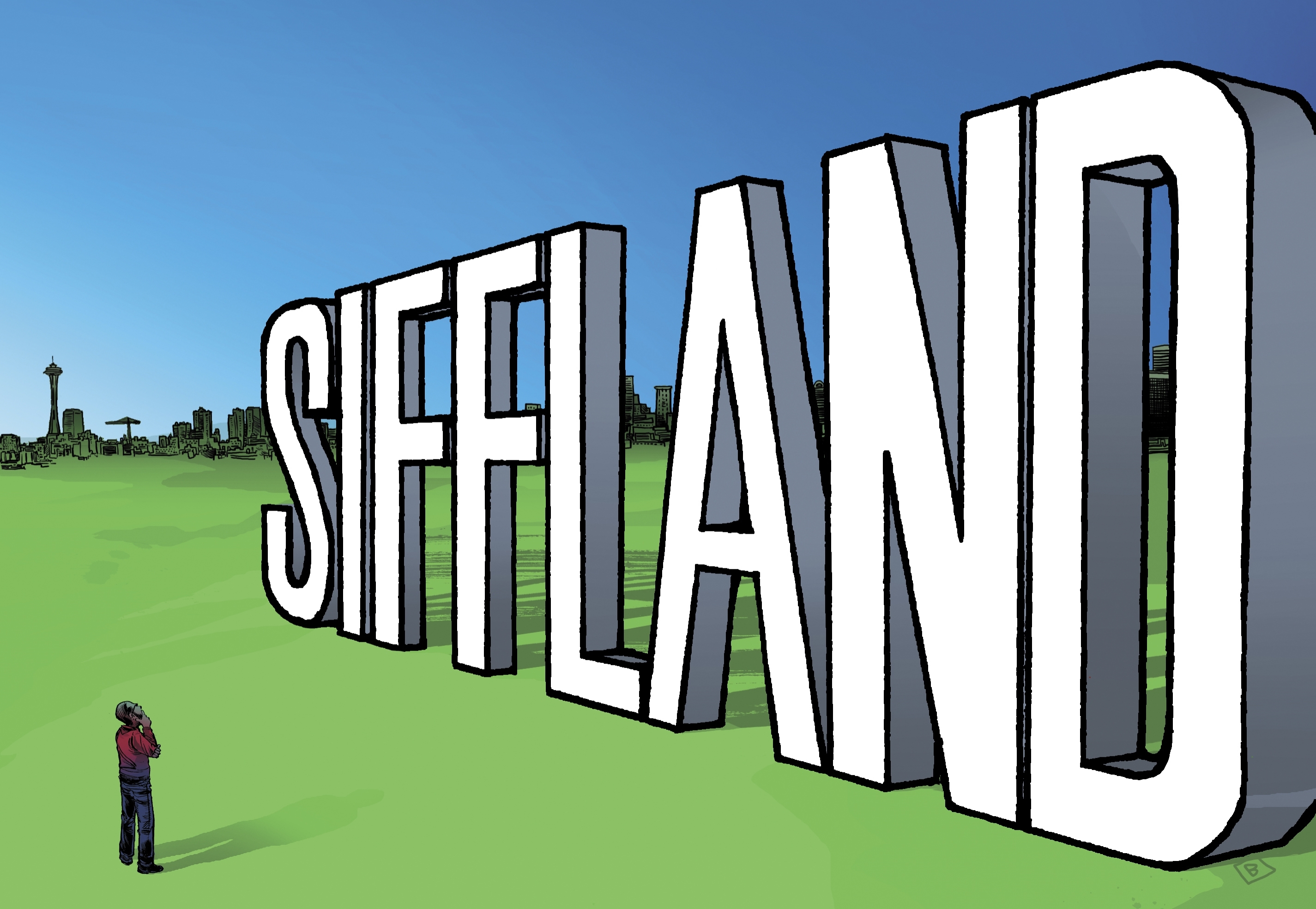The early history of Seattle is inseparable from the timber industry, since that was our first and most readily exportable commodity. After we cut down all the old-growth forests within reach, the economy slowed until the Klondike Gold Rush. Never mind our foundational lumberjack mythology, we’re still and most fundamentally a city of merchants—the keyboard having long since eclipsed the axe as our primary tool of trade. Yet more than a century later, wood still stirs ambivalent feelings in BAM’s biennial show, Knock on Wood. Enter any high-end furniture showroom today, or try to price hardwood floors with your contractor, and you’ll quickly learn how expensive oak, cedar, and Doug fir have become. Everything’s laminate these days; instead of wood, we live in a world of manufactured “wood products”—thanks, Weyerhaeuser!—and Ikea bookshelves slowly leaking sawdust from their wobbly joints.
For that reason, it’s invigorating to wander among the varied work of 39 artists and woodsmiths—this is very much an arts-and-crafts kind of show—in this juried exhibition. Wood always carries a sense of nostalgia and time within its growth rings and grain. You can’t touch any of the works on view, yet your fingers know exactly what they feel like. In the Northwest, where our ancient elders carved canoes and longhouses, not stone pyramids, wood is totemic, tactile, and historical. (BAM’s last two biennials also had a materials focus: clay in 2010, fiber in 2012. This show opened in late October, and the $5,000 Samuel and Patricia Smith People’s Choice Award will be announced on Friday, based on visitors’ ballots.)
This is a mostly local showcase, with only a few artists from Oregon, Alaska, and British Columbia. Certain boldface names have showed at BAM before (or in local galleries). Rick Araluce, for instance, specializes in creepy sonic installations. (He also builds sets for Seattle Opera.) His The Terrorist takes the form of an old TV and radio set, vaguely suggesting a Cold War past, from whence a ghostly, crackly, menacing broadcast dissolves into static. The two objects look like forgotten artifacts from Edith Macefield’s old Ballard cottage, unplugged from the wall yet still possessed of malign current.
A more explicit nod to Ballard’s past—and gentrifying future—comes from Whiting Tennis, who often shows at Greg Kucera Gallery. His White Facade depicts the front elevation of two generic old industrial buildings. Tennis frequently explores old tokens of the American West and renders our history out of incongruous cheap plywood and scrap. But these modest structures suggest the more recent and less heroic past. They’ve endured and adapted through successive uses, the artist notes; he admires their humble tenacity—something quite different from beauty. After completing his bas-relief rendering, he says on the wall card, one of the two buildings was torn down. “What a surprise,” he comments drolly. Ballard is swiftly developing, but maybe some of those salvaged timbers will find their way into some trendy new wine bar (or artwork hung on the walls of same).
Wood is meant to be recycled and reused, after all. W. Scott Trimble, who contributed an undulating, roller-coaster-like structure to the recent MadArt show on the UW campus, weaves together recycled cedar and fir blocks in Cascade. His robust public-art installations typically invite you to walk on them, but this wall-mounted mat is more like a tumbling waterfall. It also reminds you how our timber-covered Cascade Mountains were named for the many cascades that poured out of them. Trees are thirsty beings that also help shape our wet, rich environment.
Surprisingly few of these works specifically address our timber-cutting heritage, the exception being Garric Simonsen, whose four lightly etched-on-board scenes depict the logging camps and mill fires of our pre-WWI past. Carved on reclaimed bowling-alley flooring (!), the vignettes are inspired by photographs taken by Simonsen’s Swedish-immigrant great-grandfather during the turn-of-the-century timber boom. Yet Simonsen also depicts a nurse log covered in contemporary graffiti—one of the few examples here of engagement with the modern world.
Another comes from Pakistani-American artist Humaira Abid, whose Self Portrait includes a locket-sized portrait of herself, ringed by pistols carved of wood. There’s a menace to the display, which also includes tokens of childhood innocence lost. And Mike Rathbun’s large, eerie, and unsettling The Hireling Shepherd stages what I can only describe as a drone strike on a flipped turtle. Otherwise our current age is mainly represented by furniture, some ready for the pages of Dwell, and decorative objects ready to be placed on top of that furniture (my favorite being Peter Pierobon’s walnut cocktail cabinet/credenza—just waiting to be filled up with booze).
As in any group exhibition, we don’t expect everything here to be particularly great or innovative. It’s a survey show, after all, including both the sanded-bowl-and-driftwood camp of woodworkers and established artists like John Grade. There’s whimsy—as in Todd Jannausch’s deformed, almost melting hand tools—and a bit of mystery, the latter located by Taiji Miyasaka and David Drake in the rooftop sculpture courtyard. Made from reclaimed grain-silo timbers, their igloo-shaped Night Blooming is a hive-like structure, a lattice of loosely stacked wood that you can enter and use as a meditation chamber. It’s the kind of irresistible (and great-smelling) object that deserves a permanent home—more likely to be in Pullman than here, since Miyasaka and Drake teach at WSU. The temporary 13-food-high edifice offers an unplugged, low-tech alternative to James Turrell’s Skypace at the Henry: Here the interior light display is more haphazard, less controlled. The sunlight slips in through the chinks during daytime, yet if you visit this Friday night—when BAM is open to 8 p.m.—a full moon will illuminate the rough-hewn catenary dome.
bmiller@seattleweekly.com
BELLEVUE ARTS MUSEUM 510 Bellevue Way N.E., 425-519-0770, bellevuearts.org. $5–$10. 11 a.m.–6 p.m. Tues.–Sun. Ends March 29.









